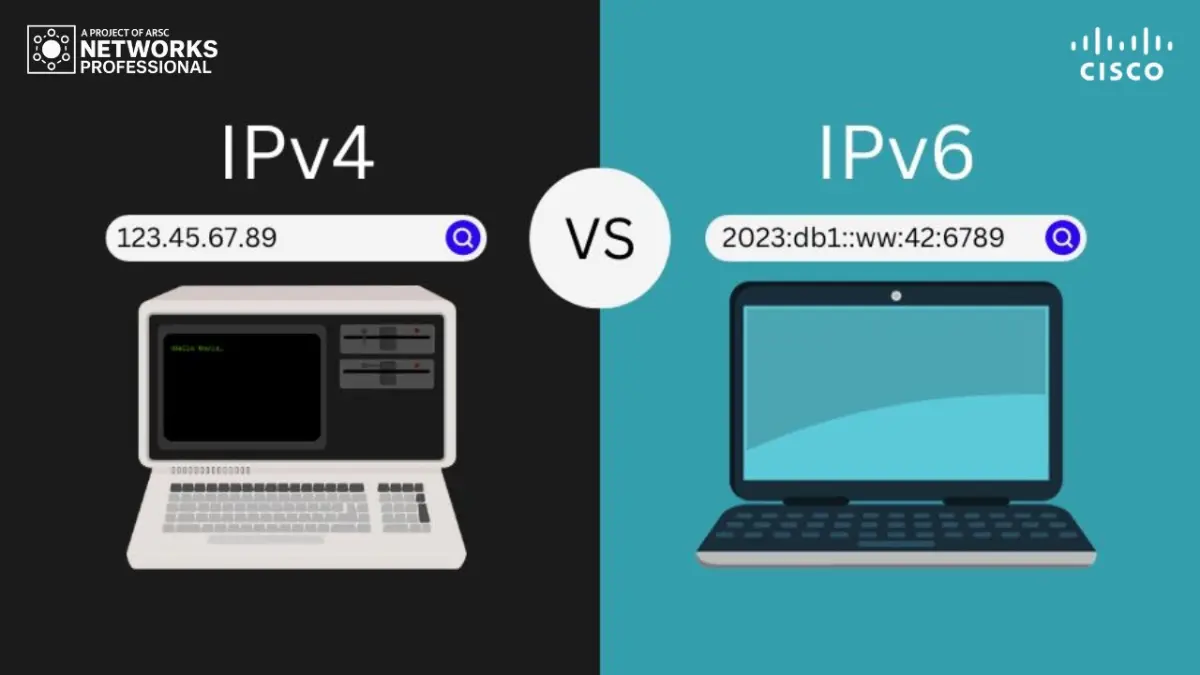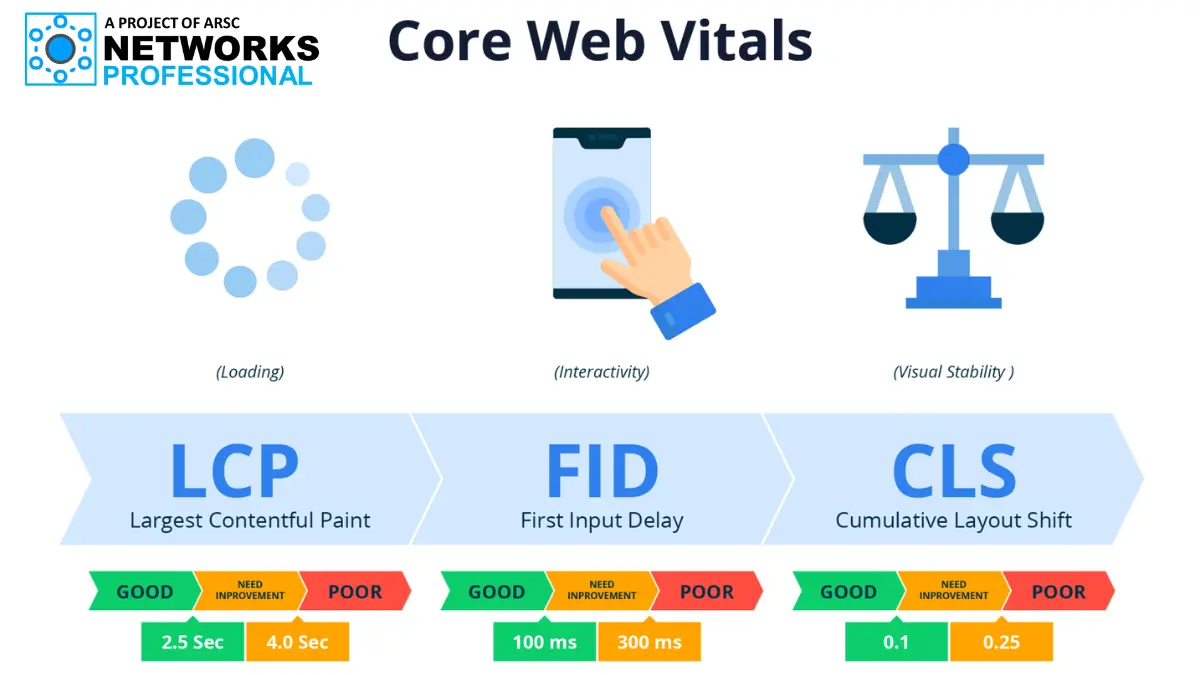IPv4 vs IPv6: Key Differences Explained
The internet runs on IP (Internet Protocol), a system that assigns unique addresses to every device connected to a network. Without IP addresses, computers and smartphones wouldn’t be able to find and communicate with each other. Over the years, two versions of IP have been widely used: IPv4 and IPv6.
In this blog, we’ll explore what IPv4 and IPv6 are, their differences, advantages, disadvantages, and why the world is gradually shifting towards IPv6.
What is IPv4?
- Introduced: 1983
- Addressing system: 32-bit
- Available addresses: ~4.3 billion
IPv4 (Internet Protocol version 4) has been the backbone of the internet for decades and is still the most commonly used version today.
Example of an IPv4 address: 192.168.1.1
However, with the explosion of the internet, smartphones, and IoT devices, the pool of IPv4 addresses has become almost exhausted.
Solutions introduced for IPv4 limitations:
- NAT (Network Address Translation): Multiple devices share one public IP.
- While helpful, NAT makes networking more complex and IPv4 still lacks modern security and efficiency features.
What is IPv6?
- Introduced: Late 1990s
- Addressing system: 128-bit
- Available addresses: Practically unlimited (340 undecillion)
IPv6 was designed to solve address exhaustion and bring additional improvements.
👉 Example of an IPv6 address:
2001:0db8:85a3:0000:0000:8a2e:0370:7334
Key Benefits of IPv6:
✔ No need for NAT — every device gets a unique public IP.
✔ Built-in security with mandatory IPSec support.
✔ Faster, direct device-to-device communication.
Key Differences Between IPv4 and IPv6
| Feature | IPv4 | IPv6 |
|---|---|---|
| Address Size | 32-bit (~4.3 billion) | 128-bit (virtually unlimited) |
| Format | Dotted decimal (e.g. 192.168.0.1) | Hexadecimal with colons (e.g. 2001:db8::1) |
| Configuration | Manual/DHCP | Auto-configuration supported |
| NAT Requirement | Required due to limited addresses | Not needed |
| Security | Optional IPSec | IPSec built-in |
| Performance | Slower (due to NAT overhead) | Faster, direct communication |
Why Do We Still Use IPv4?
Even though IPv6 is better, IPv4 is still dominant because:
- Most infrastructure was built on IPv4.
- Transition requires hardware, software, and training investments.
- NAT has extended IPv4’s life.
That’s why today, networks often use a dual-stack approach (both IPv4 and IPv6 together).
The Future of IP Networking
The future clearly belongs to IPv6.
As IoT devices, smartphones, and smart systems grow, IPv4 simply cannot keep up.
- Big ISPs and tech companies are already adopting IPv6.
- IPv4 will not vanish overnight but will shrink over time.
- Learning IPv6 is essential for IT and networking professionals.
Conclusion
IPv4 has served us well for decades, but its limited address space and lack of modern features make it unsuitable for the future.
IPv6 provides:
- Practically unlimited addresses
- Better security
- Faster, more efficient communication
As the internet continues to grow, IPv6 will ensure secure and scalable connectivity for billions of devices worldwide.







